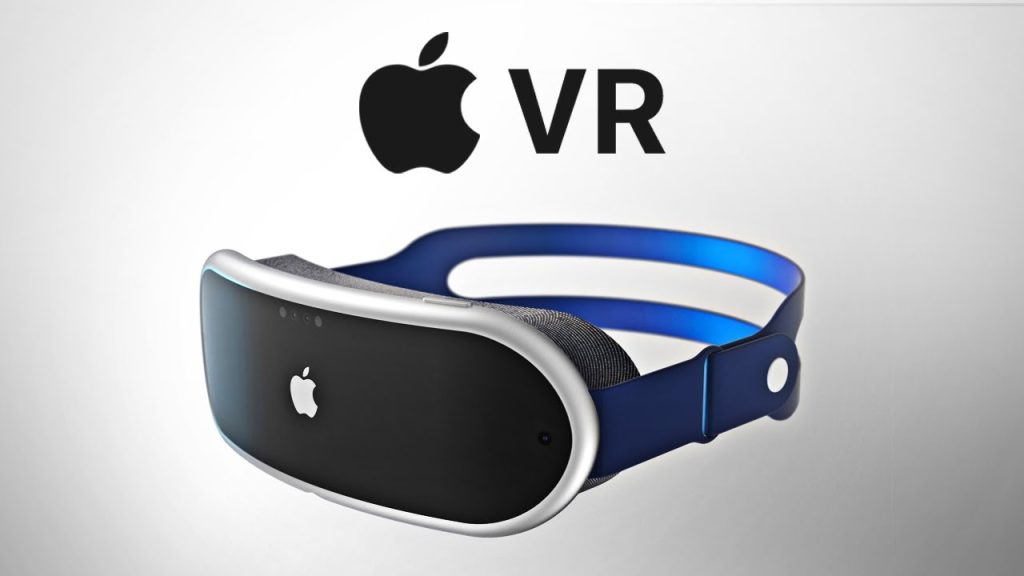
Apple’s long-awaited AR/VR headset is rumored to be launching in 2023. Bloomberg recently shared information about the device’s interface, the apps it will have, and how it will function.
According to reports, Apple aims to innovate with its AR/VR headset by offering advanced features such as eye and hand tracking. These capabilities are expected to be a major selling point for the device, which is rumored to have a higher price point than rival devices.
The headset is also expected to include advanced FaceTime-based videoconferencing and meeting rooms, as well as the ability to display immersive video content, serve as an external display for a connected Mac, and perform many functions of iPhones and iPads.
How Apple’s AR/VR will work?
Apple’s mixed reality headset will have an interface similar to iOS, with many functions similar to iPhone and iPad. It will also have the ability to be used as an external display for a Mac, allowing users to control their Mac with a physical keyboard and trackpad/mouse. The interface will be familiar to Apple users and have a Home screen with app icons that can be rearranged and customizable widgets.
Eye and hand-tracking will be a major selling point for the headset, with cameras that can analyze the user’s hands and eyes. The wearer will be able to control the headset by looking at on-screen items and using gestures, without the need for a physical controller.
Lets users switch between VR and AR
The mixed reality headset is expected to be called “Reality Pro”, and it will be able to switch between augmented reality (AR) and virtual reality (VR). AR will display virtual objects on the real world, while VR will create an entirely virtual environment. The headset will have a control knob that will allow the user to switch between AR and VR.
The headset will focus on video conferencing, it will include FaceTime-based video chatting and meeting rooms. Users will be able to see their actual face and full body rendered in virtual reality for interactive meetings, and will have realistic avatars for one-to-one chats. During FaceTime calls with multiple participants, the headset will display simplified avatars similar to Memoji.
Custom lenses and AirPods support
Apple’s mixed reality headset will include custom lenses that can fit within the device for users who wear glasses, as per the Bloomberg report. The company also expects users to wear AirPods for an audio experience that matches the visual experience of the headset, in addition to built-in speakers.
VR content with media partners
Apple is developing VR content with media partners such as Disney and Dolby, as well as updating Apple TV+ shows and movies to be compatible with the headset. The goal is to provide a viewer with the experience of watching a big screen in a virtual environment.
The operating system for the headset, known internally as xrOS and will have a variety of apps, including Safari, Photos, Mail, Messages, Apple TV+, Apple Music, Podcasts, and Calendar, and will have a dedicated App Store for third-party content. Text input will be possible through Siri, an ‘iPhone’, ‘iPad’ or Mac keyboard. Apple is also working on an air typing feature, but it will not be available at launch.
External battery pack and more
As reported earlier, the headset will have an external battery pack to prevent overheating caused by the high-end Mac chips used in the device. The battery is about the size of two stacked iPhone 14 Pro Max models and will provide power for about two hours.
The external battery pack allows users to swap in a charged battery for extended use. Other rumored features of the AR/VR headset include 4K microOLED displays, more than a dozen cameras, iris tracking, facial expression detection and more.
The headset is expected to be released in 2023, possibly as early as spring, and it is expected to have a price point of around $3,000. However, previous reports have suggested that Apple could delay the release of AR glasses and focus on developing a more affordable MR headset instead.
